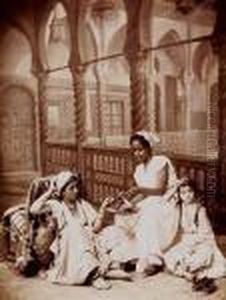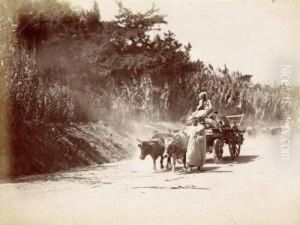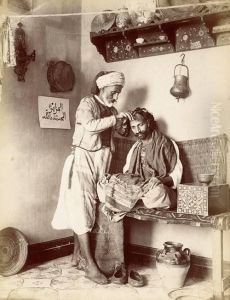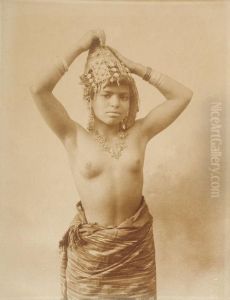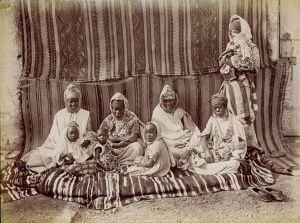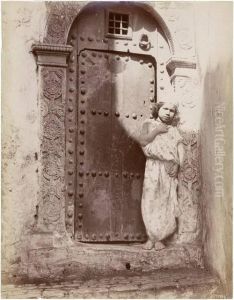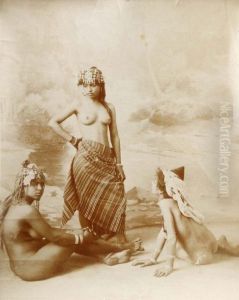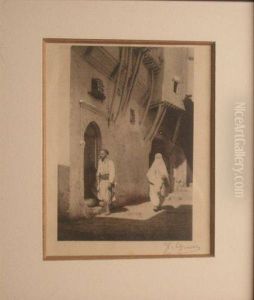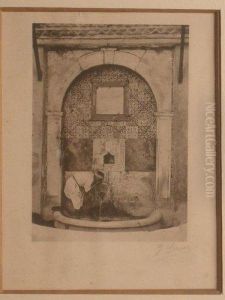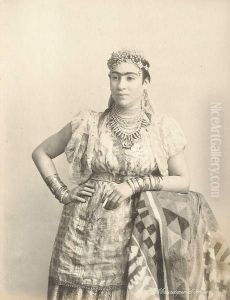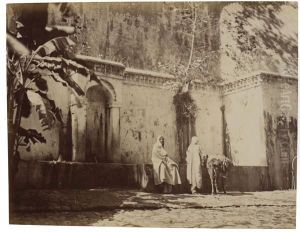Jean-Theophile Geiser Paintings
Jean-Théophile Geiser was a Swiss photographer born in 1848 in Delémont, Switzerland. He is best known for his work in Algeria during the late 19th and early 20th centuries. Geiser moved to Algeria around 1868, where he established a photographic studio in Algiers. His studio became one of the most important photographic establishments in North Africa.
Geiser's work was primarily focused on capturing the landscapes, urban scenes, and local populations of Algeria. His photographs provide a valuable historical record of the country during the French colonial period. Geiser's images often included scenes of everyday life, architectural views, and portraits, including those of indigenous peoples, which were particularly popular with European audiences of the time.
The photographic style of Geiser is characterized by a careful composition, attention to detail, and a desire to convey the exotic atmosphere of Algeria to his viewers. His work contributed to European orientalist perspectives by portraying Algeria and its people in a manner that aligned with the romantic and exotic expectations of the European audience.
In addition to his photography, Geiser was also a collector of Algerian artifacts and costumes, which he would sometimes use as props in his studio portraits. This practice helped create a more controlled environment for his work, allowing him to produce images with a strong aesthetic appeal.
Jean-Théophile Geiser's contribution to the field of photography, particularly in relation to his documentation of Algeria, is significant. His photographs not only served as mementos for European tourists but also played a role in shaping the perception of Algeria in the Western imagination. Geiser continued to work in Algeria until his death in 1923. Today, his photographs are considered important historical documents and are held in collections around the world, shedding light on the colonial history of Algeria and the development of early photography in North Africa.
